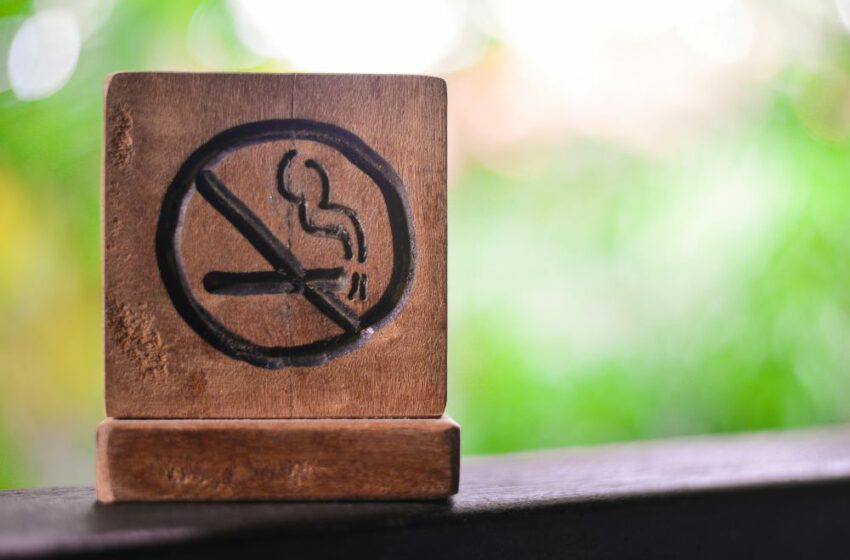The country aims to protect 80 percent of its population with smoke-free laws by 2030.Read More
Tags :tobacco control
Innovation in the recreational nicotine market is disrupting not just the industry.Read More
The country is keen to tackle illicit trade, which has been frustrating progress to date. Read More
It is time to confront the fundamental confusion about the public health aims for tobacco and nicotine policy. Read More
It is as well that smokers can turn to devices such as electronic cigarettes because little of the huge amount they pay in excise taxes is used to help them quit their habit. Read More
China’s cigarette production has soared over the past decade, despite efforts to curtail tobacco use, according to a new study, reported by China Daily. Annual cigarette production in the world’s most populous country Read More




